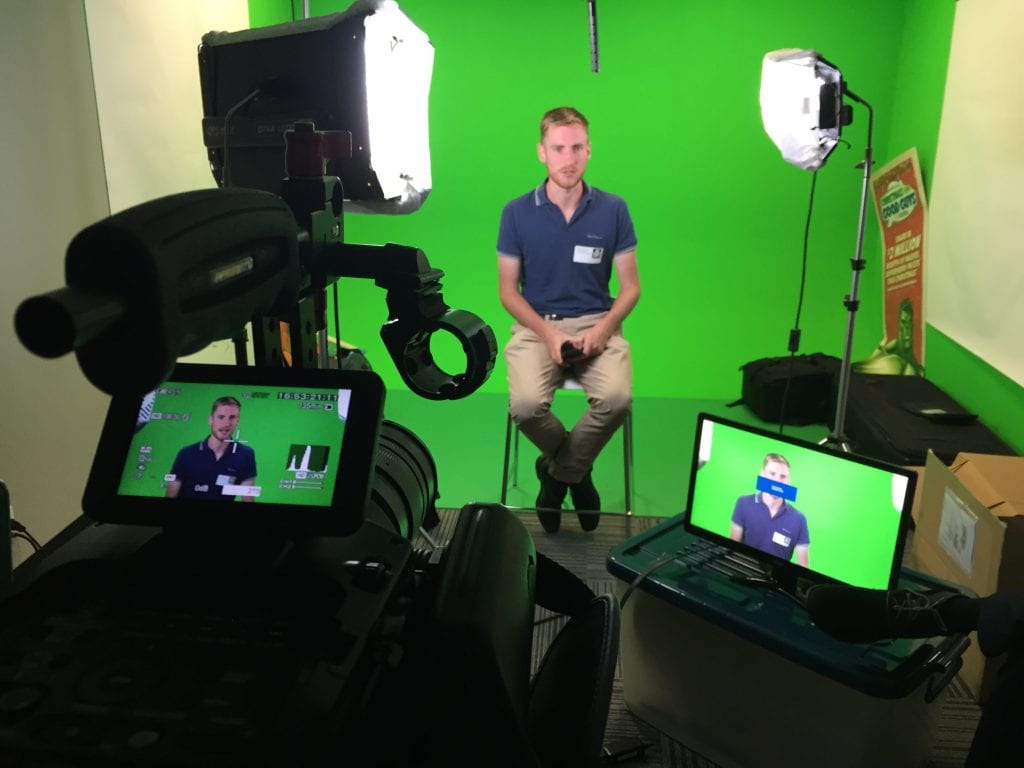If you’re involved in commissioning video productions to promote your business, train staff, and to communicate internally, this will be useful. Here’s what I consider to be the most important video production trends for 2016 that will help you use video more effectively:
Single to multiple videos
In the old days, clients would usually commission a single, capture-all video that they’d use for multiple purposes: Promotion, Recruitment, and Education. We’re now seeing our clients increase the value they get from video production by commissioning a number of shorter, targeted videos within the same project. For example, a promotional video project is now starting to look more like this:
- a 3 minute promotional video
- a 1.5 minute case study video featuring an interview from the 3 minute video
- a 1 minute highlights version to appear on the home page of a website
The benefit of this strategy is that when videos are more focused and targeted, their impact is increased. Videos are more powerful when they have 1 main aim rather than trying to cover multiple aims. And they’re also more powerful when part of a series, with each video supporting and reinforcing the others. This approach also helps maximise value because you get a number of pieces of content for the same investment as one. This trend will continue, and this series, or episodic approach to video production will replace the old one-off approach.

Improved distribution strategy and metric tracking
Another way of dramatically improving your return on investment in video is to have a clearly thought out distribution strategy:
– How will you get your video in front of your target audience?
– How can you make sure that they watch it and are engaged?
– And being clear on what action you want them to take
So, make sure you look at things like:
– Better use of Social Media to distribute video
– Email marketing: Email is still one of the most effective ways of prompting your audience to watch your videos
– Using video to follow up sales prospects: sending links to videos like case studies and product profiles are a great way to stay in touch with prospects
– Analytics tracking: keeping an eye on stats such as number of views and engagement rates. If you use our video hosting we help you to track and analyse this data
Increased sophistication and production values
Audiences continue to become more sophisticated and visually literate. They expect your videos to be as professional and impressive as your other marketing material like your corporate identity, website, brochure etc. As video production tools become increasingly democratised, what will make your videos stand out and have a strong impact is high quality, professional work. Mediocre work will increasingly be punished by audiences with short attention spans.
Linkedin Video
LinkedIn video is often overlooked as a distribution medium. But if you’re involved in B2B Communication, it’s an important channel. While LinkedIn is not as big as Youtube, it’s more targeted for your audience. And you can increase this targeting by posting your video in the appropriate LinkedIn group. It’s also a great place for posting a Recruitment video, adding depth to your business profile page, and using it as a Thought Leadership platform.
Advertisers continuing to move their budget from TV advertising to internet video
Advertisers will continue the trend of allocating a larger share of budget from TV advertising to internet video. TV audience are shrinking, people are skipping ads, and TV audiences are simply too broad. Internet video audiences are more targeted, so it’s easier to speak to specific groups of people.
I think you’ll agree that video is only going to become a more important feature of Sales, Marketing and Communication strategy for business. I hope you’ve found this helpful. Let me know if you have questions or comments 🙂

Ryan Spanger is one of Melbourne’s most respected and sought-after video production professionals. Ryan founded Dream Engine in 2002, and specialises in helping medium to large corporates, government departments, and the non-profit sector to connect with their audience more effectively by using video.

